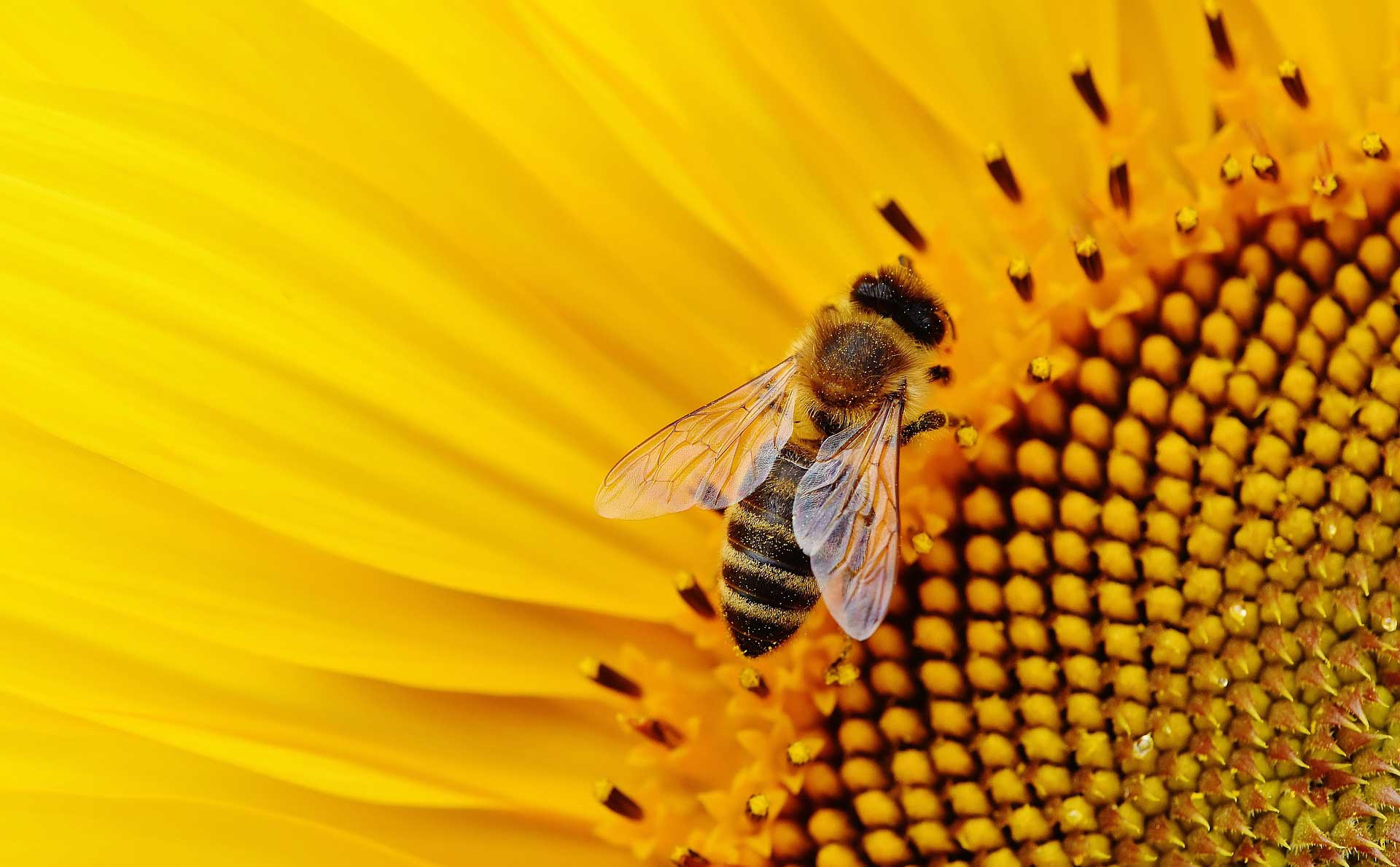Pollinator Gardening Tips
Posted by Jennifer Smith on 17th Apr 2018
Some plants require pollination in order to grow; and since bee pollination is over a $20 billion industry, we can't afford not to do it right. Here are tips to keep-in mind when starting a pollinator garden in the yard:
Use a Variety Of Plants
It's not that pollinating insects are picky eaters, it's just that it helps bees, hummingbirds, butterflies and other beneficial insects find the plants easier than single plants. Give them a buffet of options and brighten up your garden in the process. The fragrance of certain plants will attract these pollinators, as well.
Shape of Plants Matters
Tubular flowers help lure in hummingbirds and help them reach the nectar of plants easier. Bees and butterflies both prefer open flowers rather than flat-shaped ones.
 Say 'No' To Pesticides
Say 'No' To Pesticides
Applying pesticides to yards can make pets ill and can be dangerous to bees. If you must, avoid using pesticide sprays during the daytime when the bees are active.
Satisfy Thirst
Have a bird bath near the pollinator garden so birds and bees can share.
Plant Native Plants For Native Insects
Bees enjoy the pollen from these types of flowers: Black-eyed Susan, coneflower, lavender, and Bee Balm - what's better, these are deer-resistant plants that will rid deer from landscapes.
Build Deer Fence
Spring and Summer are when pollination happens most frequently; and these seasons are when deer visit gardens in search of food. As gardeners, we need to protect our gardens from deer damage by installing deer fence, thus saving the bees. After all, bees survive by feeding on pollen; and there won't be any pollen if flowers are devoured by deer.
